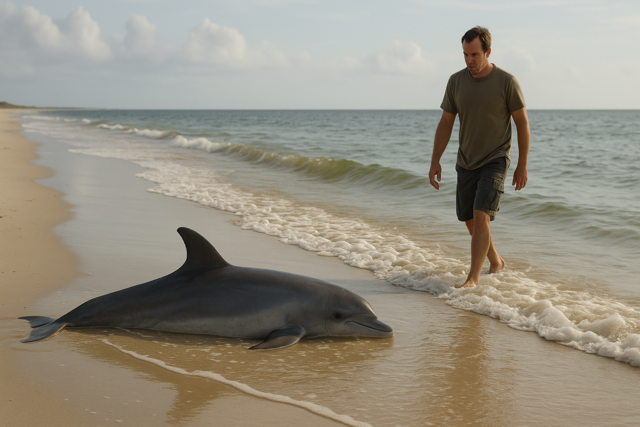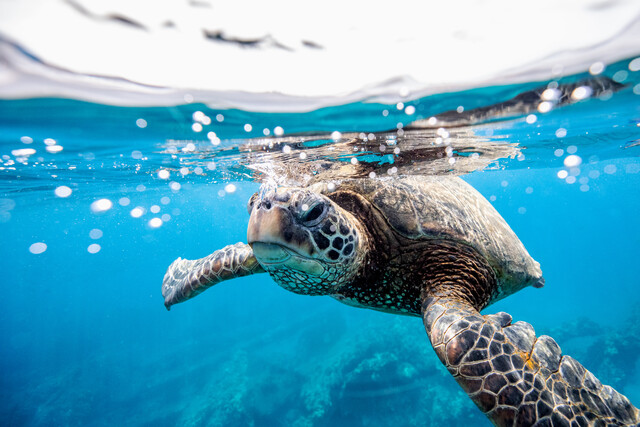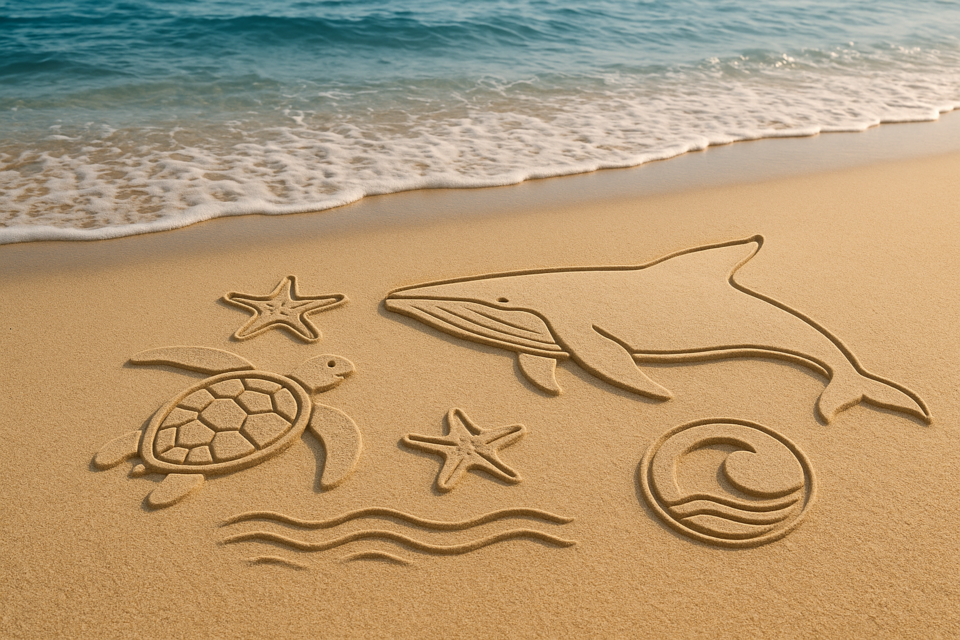Lifelines of the Ocean: A Guide to Marine Wildlife Rescue
Dive in to Save: Empowering Heroes of the Deep

3 Hours average completion time
0.3 CEUs
12 Lessons
14 Exams & Assignments
22 Discussions
12 Videos
13 Reference Files
94 Articles
Mobile Friendly
Last Updated December 2025
Picture this: a peaceful walk along the shore, waves lapping at your feet, when you notice a dolphin struggling in the shallows, a victim of an unseen battle for survival. It's a moment that stirs something deep within you-a desire to help, to make a difference. But how? Without the right knowledge, even the best intentions can fall short or do harm.
Marine life faces unprecedented challenges, from habitat destruction to the consequences of climate change. Encounters with stranded or distressed marine animals are becoming more common, and the need for informed, capable individuals has never been greater. This course offers you the tools to not only respond to these moments but to lead the charge in protecting and preserving marine life.
Imagine being the one who recognizes the subtle signs of a marine animal in distress, who knows exactly how to alert and assist professional rescue teams, ensuring every moment counts. With this course, you'll gain that insight and confidence. You'll learn the intricate dance between nature and humanity, understanding why strandings happen, how to respond safely, and what actions can make a lasting impact.
You'll explore the hidden stories of marine rescue operations-how dedicated professionals rehabilitate injured animals and prepare them for a second chance at life. You'll discover the critical role of laws and ethical guidelines that govern our interactions with these magnificent creatures. And most importantly, you'll be empowered to become an advocate for oceanic stewardship, learning how small changes in your daily life can ripple into meaningful environmental impact.
This is more than knowledge; it's transformation. You'll walk away not just with facts but with the conviction that you can make a difference. Whether you're a marine enthusiast, a conservationist at heart, or someone who simply feels the call of the ocean, this course will inspire and equip you to become a true guardian of the shore.
Are you ready to answer that call? The ocean needs its heroes. Let's make waves together.
- rescue network collaboration
- wildlife law understanding
- ocean stewardship principles
- marine animal rehabilitation
- ethical marine intervention
- seasonal migration insight
- distress sign recognition
- community conservation leadership
- necropsy knowledge
- habitat preservation advocacy
- marine life emergency response
-

Pre-Columbian Mythology
-

Dog Grooming 101
-

The Power of Ecology: Shaping a Sustainable Future
-

Marine Biology 101
-

Feng Shui 101
-

Personal Assistant 101
-

Bible Stories: Explore Life Lessons and Adventures
-

Dog Training 101: A Guide for Beginners
-

How to Improve Your Concentration
-

Call Center Customer Service
-

Novel Writing 101
-

Business Credit 101
-

Cat Care and Training 101
-

Health Education 101
-

Biology 360: From Molecules to Ecosystems
-

Housekeeping 101
-

Beginner's Guide to Wine
-

Fashion Design 101: An Introduction
-

The Science and Art of Reading Development
-

Understanding Drug and Alcohol Abuse
-

Crisis Management
-

Butterflies
-

Dog Psychology 101
-

Starting Your Own Cleaning Business
-

How to Write a Business Plan
